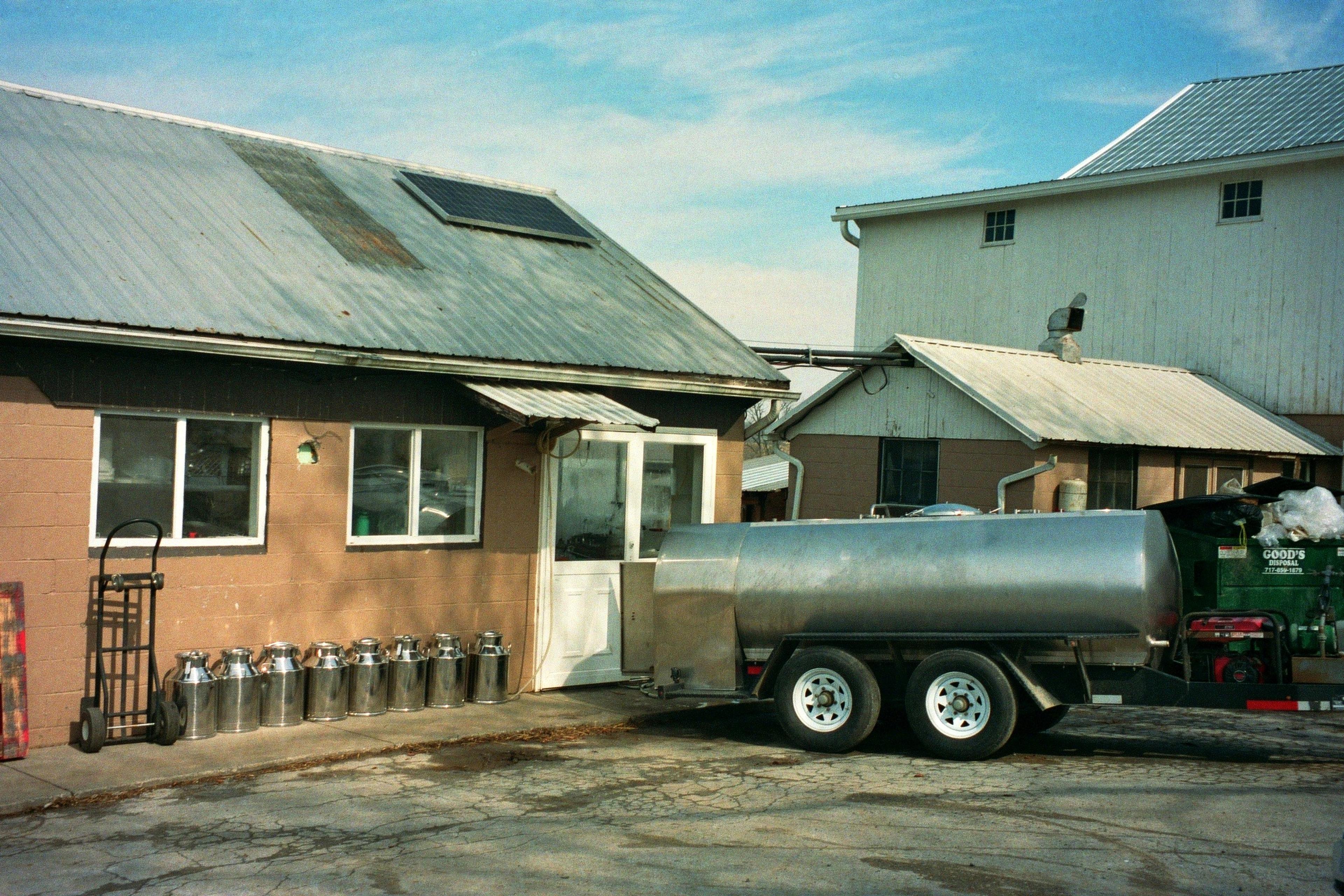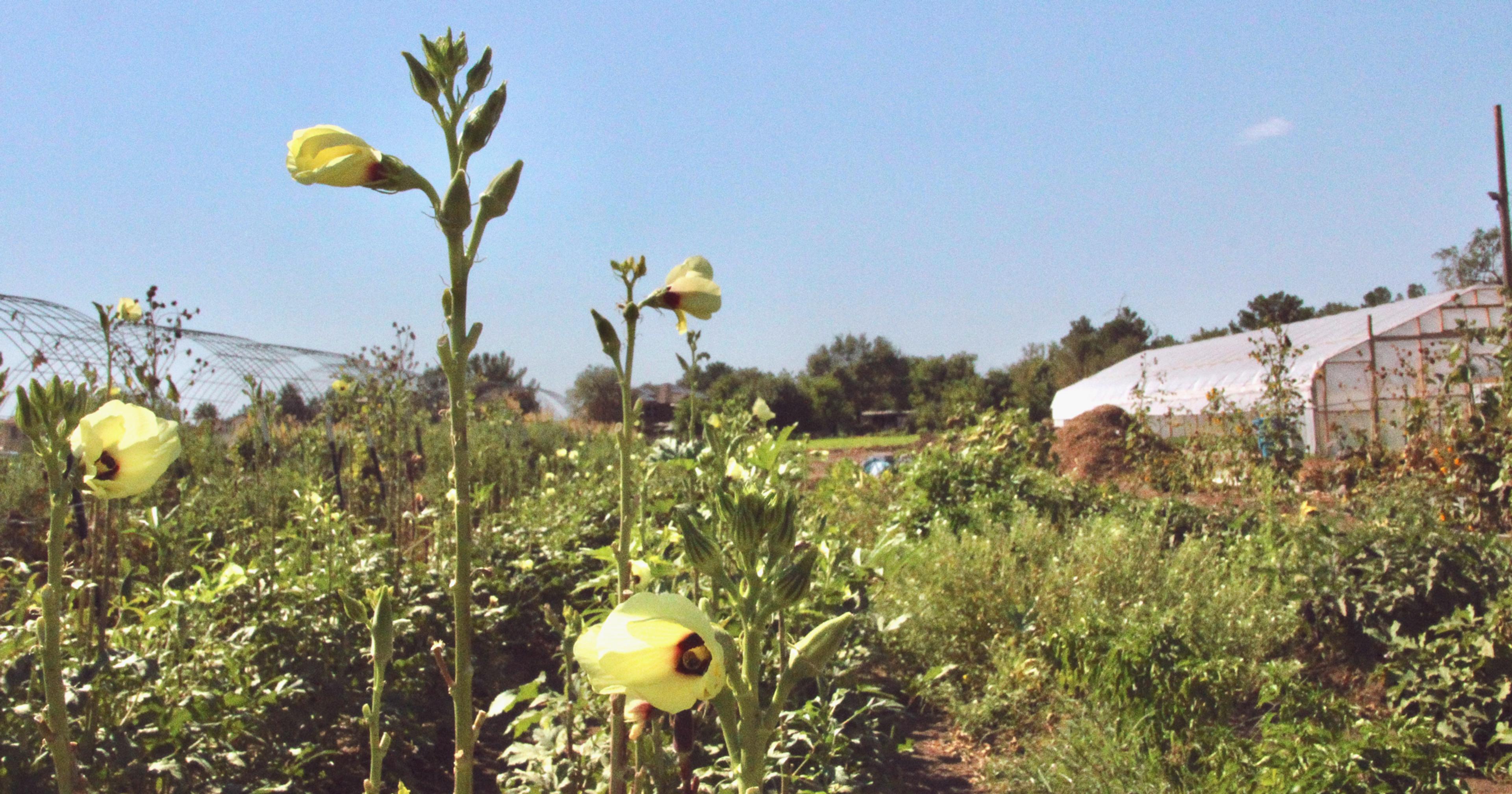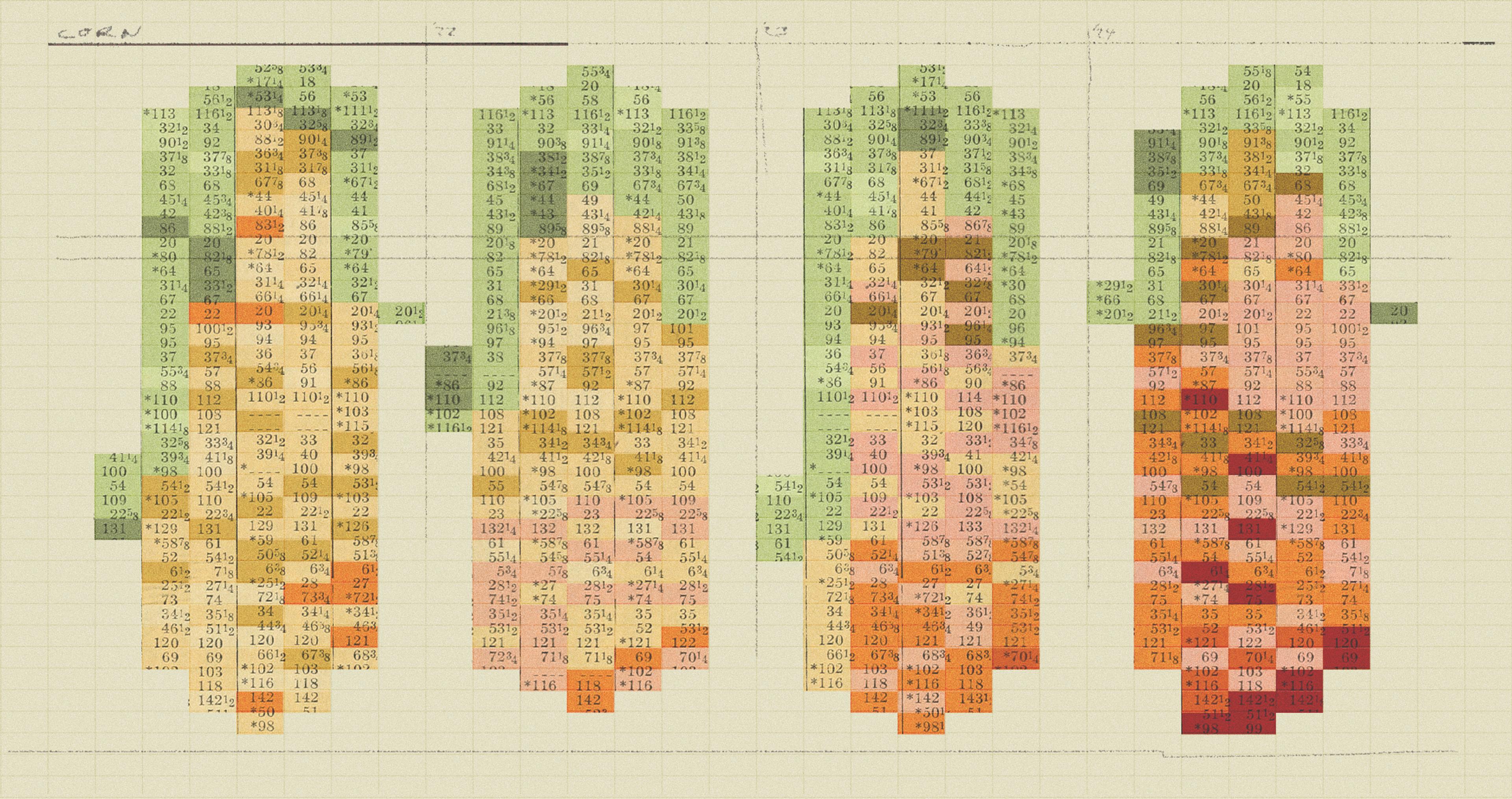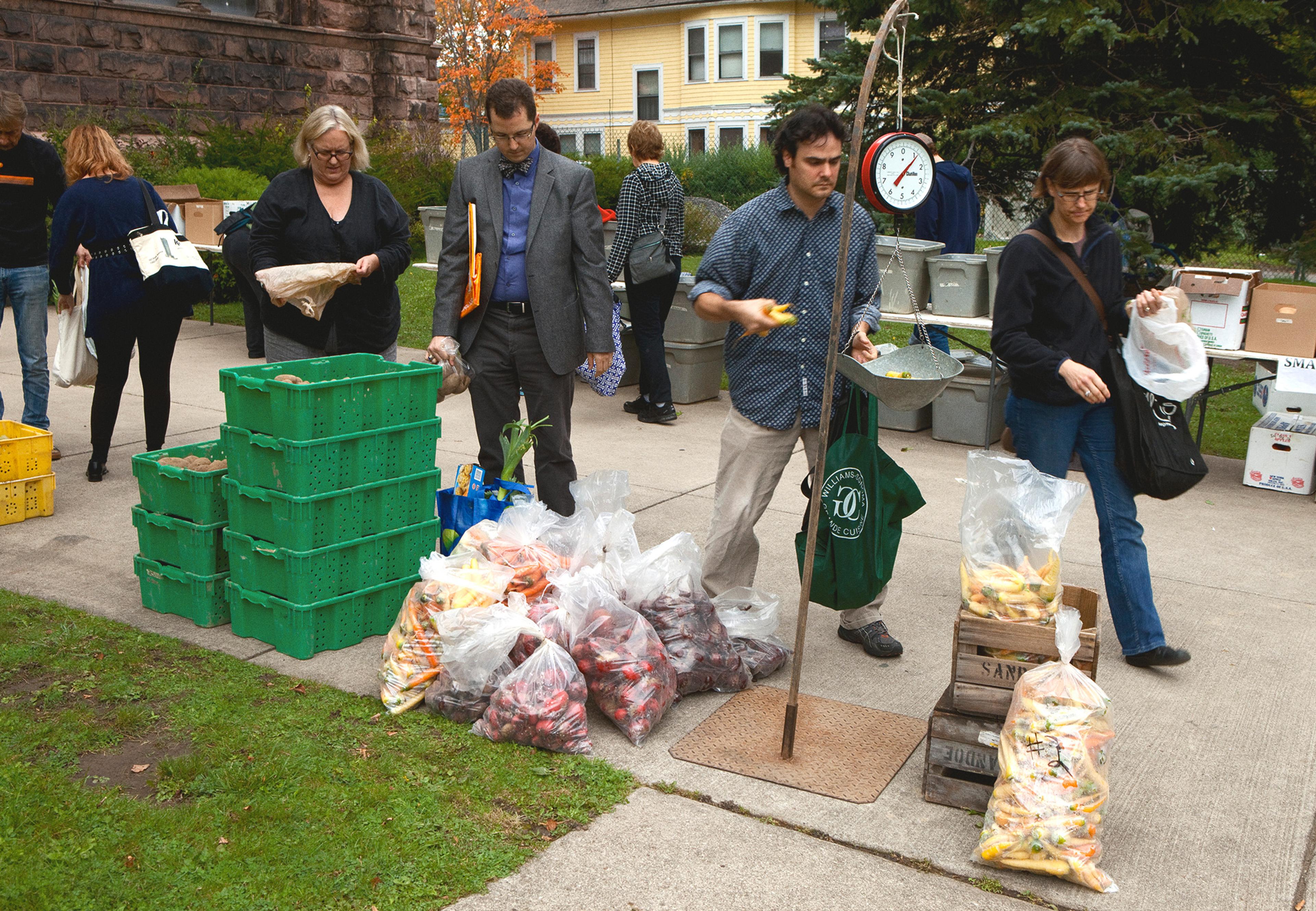A raw milk logistics operation helps keep small farms afloat.
Upon my arrival at Dutch Meadows Farm, I was greeted by two excited blue heeler puppies and chickens clucking noisily. Tucked away in the heart of Pennsylvania Amish country, the farm is a haven for regenerative farming. But it’s also a bulwark for small farms attempting to maintain their independence in an industry increasingly dominated by scale. The farm’s distribution business, Dutch Meadows LLC, works with a couple dozen farms in the region, enabling them to drive a variety of organic foods directly to consumers in major American cities. The result is a robust logistical network that enables Dutch Meadows to fulfill its mantra of “rebuilding our communities and restoring a vibrant food system.”
While the farm specializes in dairy – specifically raw milk – it also offers a wide assortment of products, such as pastured meat, soy- and corn-free eggs, and raw honey. These products come from a close-knit group of Lancaster County family farms. Dutch Meadows handles the packaging of bulk products like eggs into smaller quantities for the end customer. The farm strictly vets the farms it works with, focusing on regenerative farming practices and avoiding pesticides, herbicides, and artificial growth hormones.

Although visiting the farm store is idyllic, customers usually request delivery. The Dutch Meadows distribution network has helped smaller farms in Lancaster County access a larger, urban customer base in Philadelphia and New York City for locally grown products. Often, Dutch Meadows will draw on its direct-to-consumer experience to suggest a particular food for a new farmer to raise. By selling through Dutch Meadows, farmers are able to sustain themselves from the start, without worrying about finding the customer. Dave Stoltzfus, the third-generation Amish farmer who runs Dutch Meadows, explains, “They meet our protocols or better, and we sell more product for them.” The farm works with several dozen farms to provide ample product: off the top of his head, Stoltzfus lists four dairy farms, three beef farms, four broiler growers for meat chickens, and eight smaller egg layer farms.

The Dutch Meadows model is helping small farms maintain their operational independence, even as the national landscape has seen broad consolidation among farms. In 2018, the USDA Economic Research Service reported that over the last three decades, cropland acreage has continued to shift to fewer, larger farms. In 1987, 15% of all cropland was on farms with over 2,000 acres of cropland. That percentage rose to 36% by 2012. Dutch Meadows believes investment in a robust, independent distribution network creates a way for small to midsize farms to sustain themselves.
Stoltzfus claims his logistical network of farms benefits every farm in the network. “That’s why we don’t do everything on one farm. We would never be able to supply everything from the farm, so we strictly focus on dairy. That way other farms can focus on their category, like beef, pork, chicken. They can get good at that, and we can get good at dairy… We get together, we share ideas, they know our protocols and standards, and we pay them a premium price for what they do.” Although Stoltzfus believes his model of consolidating distribution is being copied in the region at a smaller scale, he notes that Dutch Meadows is also copying best practices from larger farms. “It’s all about sharing knowledge and helping each other within the community,” he says with a laugh.
“That’s why we don’t do everything on one farm…That way other farms can focus on their category, like beef, pork, chicken. They can get good at that, and we can get good at dairy.”
The farm services a handful of stores with dairy and eggs, but mainly sells via pickup locations and local home deliveries around Pennsylvania. Stoltzfus tells me he realized he could sell directly to consumers for pickup in the 1990s, when friends from Philadelphia began driving to the farm for the creamy raw milk. Stoltzfus began delivering directly to them, and demand grew through word of mouth. More recently, Dutch Meadows has employed direct marketing tactics through their website and social media, enabling them to cut back on wholesale partners and improve their margins. During the pandemic, Dutch Meadows expanded to include direct-to-door deliveries, delivering straight to the consumer at their home, which Stoltzfus says is the most popular option. He estimates direct sales account for 75-80% of Dutch Meadows’ sales.
Two or three Dutch Meadows trucks run four days a week to Philadelphia and New York City, while UPS ships to regions they can’t reach. “It’s a challenge to keep the wheels moving and the trucks running,” Stoltzfus remarks. “In the last few years we’ve learned a lot, and are still learning… With very dedicated drivers, a fleet of refrigerated vehicles, and mapping software [Routific], it works, but you have to keep on top of it.”
The move toward organic has given small Lancaster County farms a new lease on life. The Organic Trade Association reported that in 2020, U.S. organic food sales jumped 12.8% to a new high of $56.4 billion. For Dutch Meadows in particular, interest in raw milk has steadily risen despite restrictive regulations on its sale. In 1987, the FDA outlawed interstate sales of raw milk, but many states have moved towards increasing access in the last two decades. In 2004, raw milk was illegal in 19 states; as of 2022, it’s dropped to six. Today, 10 states have legalized retail sales, and 17 allow direct farm-to-consumer sales. Seven allow herd share agreements, where consumers buy an ownership stake in a cow or herd, and are able to obtain milk proportionate to their share. Although national-level consumption data is hard to come by, both the number of raw milk dairies and their reported customers have increased dramatically in the past three years. In Washington state, where retail sales of raw milk are legal, the number of raw milk licensed dairies grew from just six to 32 from 2006 to 2019. In the same time period, New York’s on-farm sale permits grew from 12 to 37.
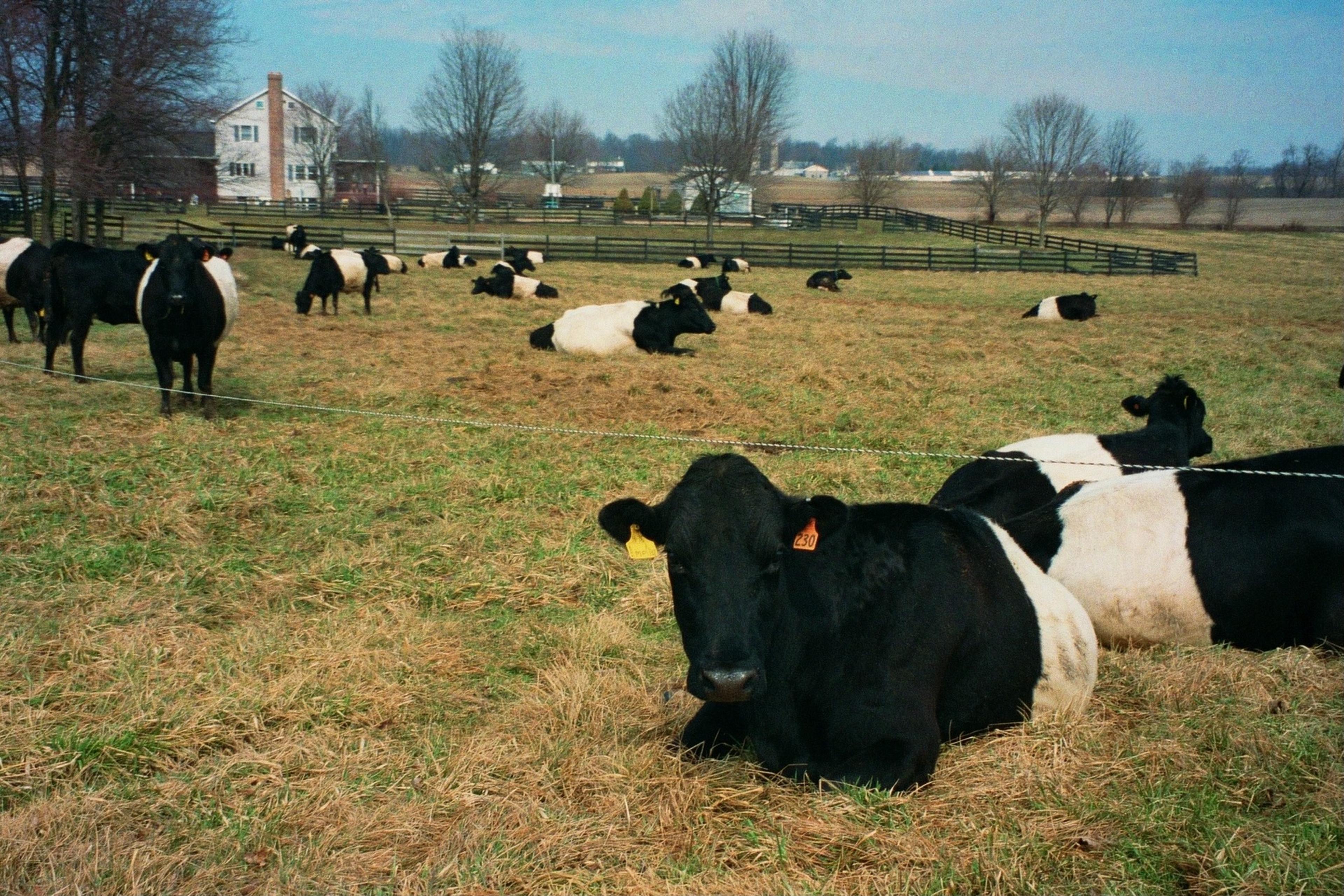
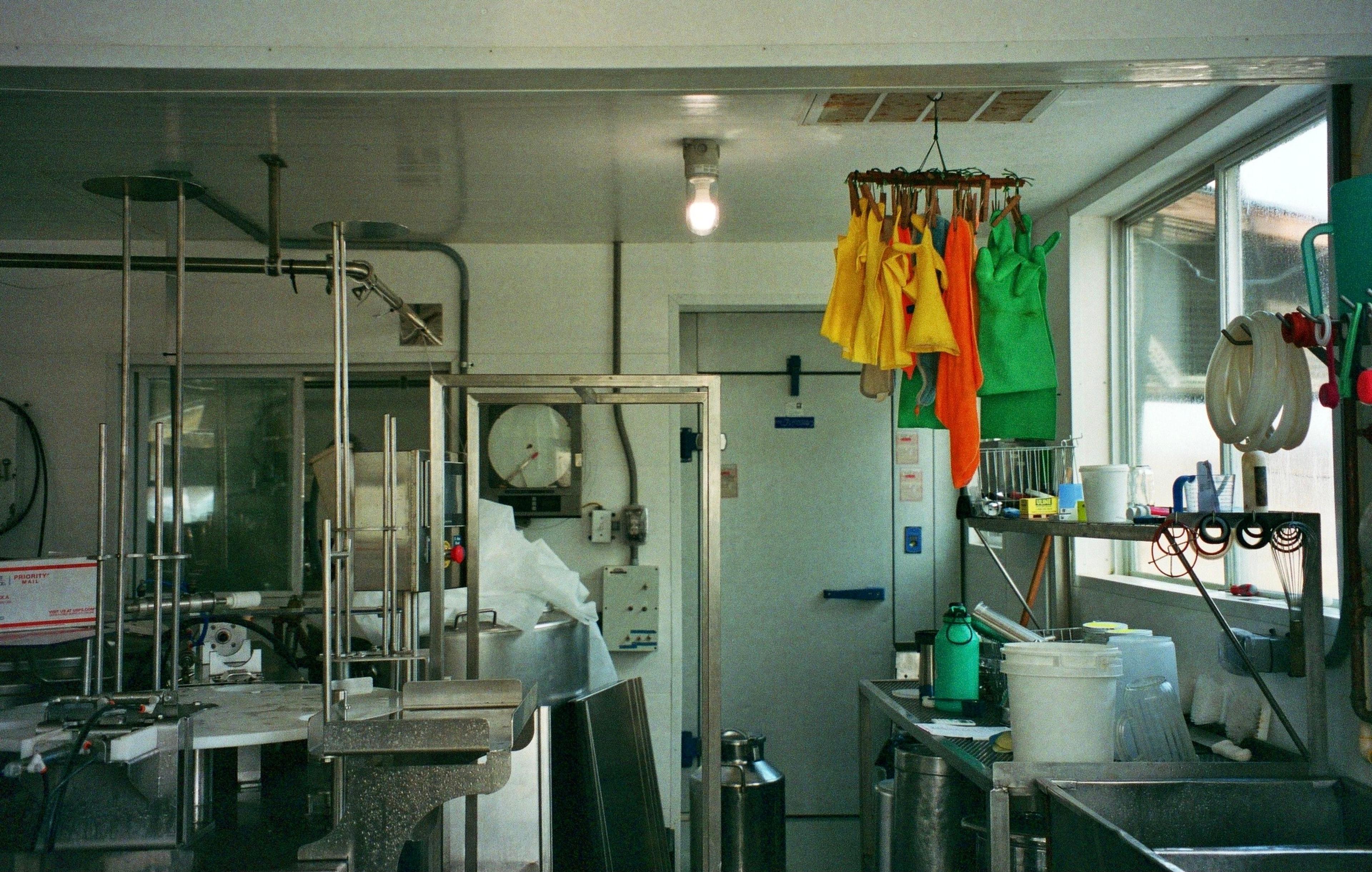
Switching from conventional to organic raw dairy has helped some farmers survive the “dairy crisis,” which has been marked by the rise of alternative milks and plummeting cow milk prices. By selling organic raw milk instead of participating in the traditional commodity market, dairy farmers gain bargaining power. Raw milk consumers are willing to pay a higher price for improved taste and touted nutritional benefits.
Dutch Meadows’ raw milk is state-inspected and certified, and they avoid New York state restrictions on raw milk retail sales by processing online purchases from consumers and delivering directly to a pickup location. The milk comes from the farm’s strikingly beautiful herd of rare Dutch Belted cows. There are only around a thousand pure Dutch Belteds in the world, and Stoltzfus touts their longevity and excellent grazing as qualities that help keep replacement and grain costs down for the farm. Stoltzfus is optimistic that increased consumer interest in raw milk will eventually push states to fully legalize raw milk sales. For now, though, his complex distribution system is enabling several dozen small farms to resist consolidation. If Stoltzfus is right that corporate supply chains will struggle to respond to a post-COVID world, and increased demand for raw milk and organic products continues, that distribution system may be a model for small farms nationwide.
